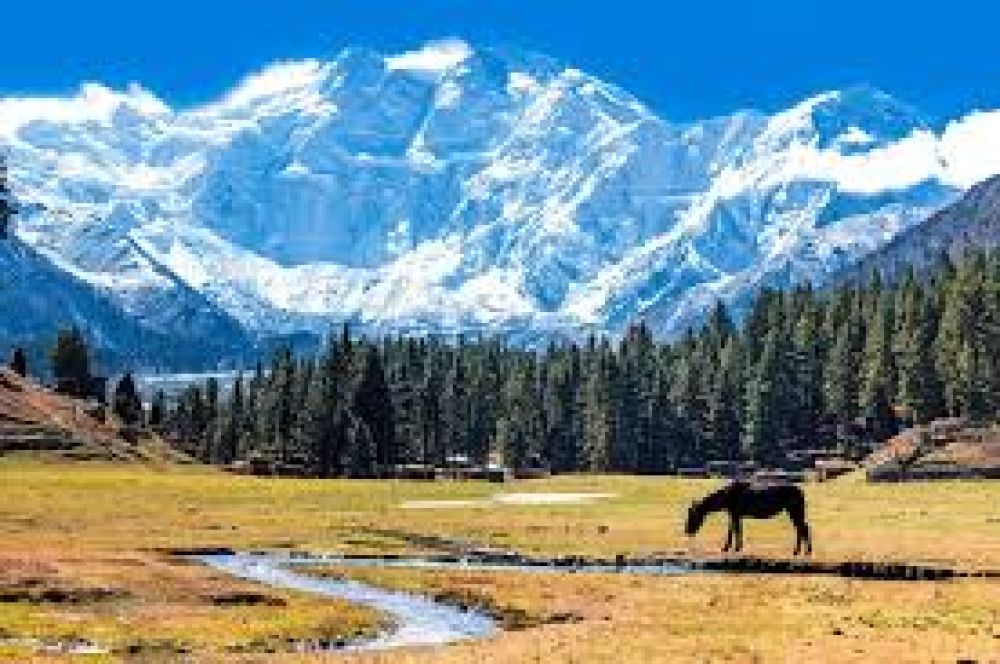

Rakaposhi, meaning "Shining Wall" in the local language, has been a pinnacle of beauty in the Karakoram mountain range of Pakistan. This magnificent peak, which stands at an elevation of 7,788 meters (25,551 feet), has been a natural marvel, attracting explorers, mountaineers, and tourists from around the globe for decades.
The history of tourism in the region can be traced back to the mid-20th century when mountaineering expeditions began to gain popularity. The first successful ascent of Rakaposhi was made in 1958 by a British-Pakistani expedition. This milestone paved the way for adventure tourism in the region, putting Rakaposhi on the world map of eminent mountaineering challenges.
Over the years, the government, along with private stakeholders, has invested in developing infrastructure to facilitate tourism. The creation of the Karakoram Highway, which snakes past Rakaposhi, has made this region more accessible to visitors, leading to the establishment of various amenities like hotels, restaurants, and observation points.
The Rakaposhi View Point, specifically, became synonymous with breathtaking views of the peak and the surrounding landscapes. Equipped with facilities, it provides an ideal stopover for tourists seeking to witness the grandeur of Rakaposhi without undertaking the arduous climb.
In recent years, we have observed an increase in the number of tourists who are looking for experiential and sustainable travel options. Eco-friendly tourism has become a significant trend, with many visitors interested in conservation efforts and seeking to minimize their environmental impact while enjoying the natural splendor that Rakaposhi View Point offers.
Furthermore, adventure tourism continues to be a major draw, with Rakaposhi offering a range of activities like hiking, camping, and photography tours that cater to the adventurous spirit. The digital age has also influenced tourism, with many travelers sharing their experiences at Rakaposhi on social media, thereby inspiring a new generation of visitors.
Last but not least, there is a growing trend of cultural tourism where visitors are not just content with nature but are also keen on understanding the local traditions, food, and the way of life of the people residing near Rakaposhi. This has led to the development of cultural programs and hospitality services that reflect the unique heritage of Gilgit's indigenous communities.
The tourism landscape surrounding the Rakaposhi View Point is ever-evolving, with a rich history that has transformed it into a must-visit destination for all types of travelers. Its blend of natural beauty, cultural richness, and the potential for adventure continues to captivate the hearts of those who witness its majesty.